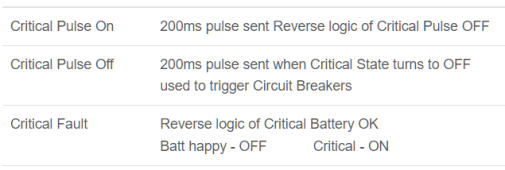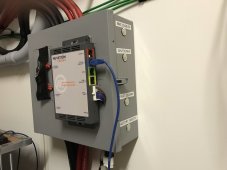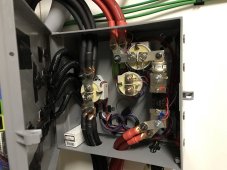400bird
Solar Wizard
Depends on how far apart your cell voltage drifted. There's almost no resistance in the circuit, so the amperage flow from battery to battery could be very high for an extended period. It's not exactly a safe process to parallel multiple packs at different voltages.When you re-introduce the string wouldn't the other strings simply transfer energy into or out of the introduced string fairly quickly to get them back in sync?
I'm not sure you've got the correct option selected there. I think you want "Critical Pulse Off (CB trip)"Because Batrium is designed to provide 'a pulse' for a shunt-trip. For example, I have the "Critical Fault" event associated with Relay #1 and this sends a pulse when the system detects a Critical Fault. Its does not send a continuous current as you would need for a regular relay or contactor - you'd have to figure something out.
View attachment 93394
I think the one you have shown would close the relay when a fault is present. But, I'd have to check the help pages to find it.





